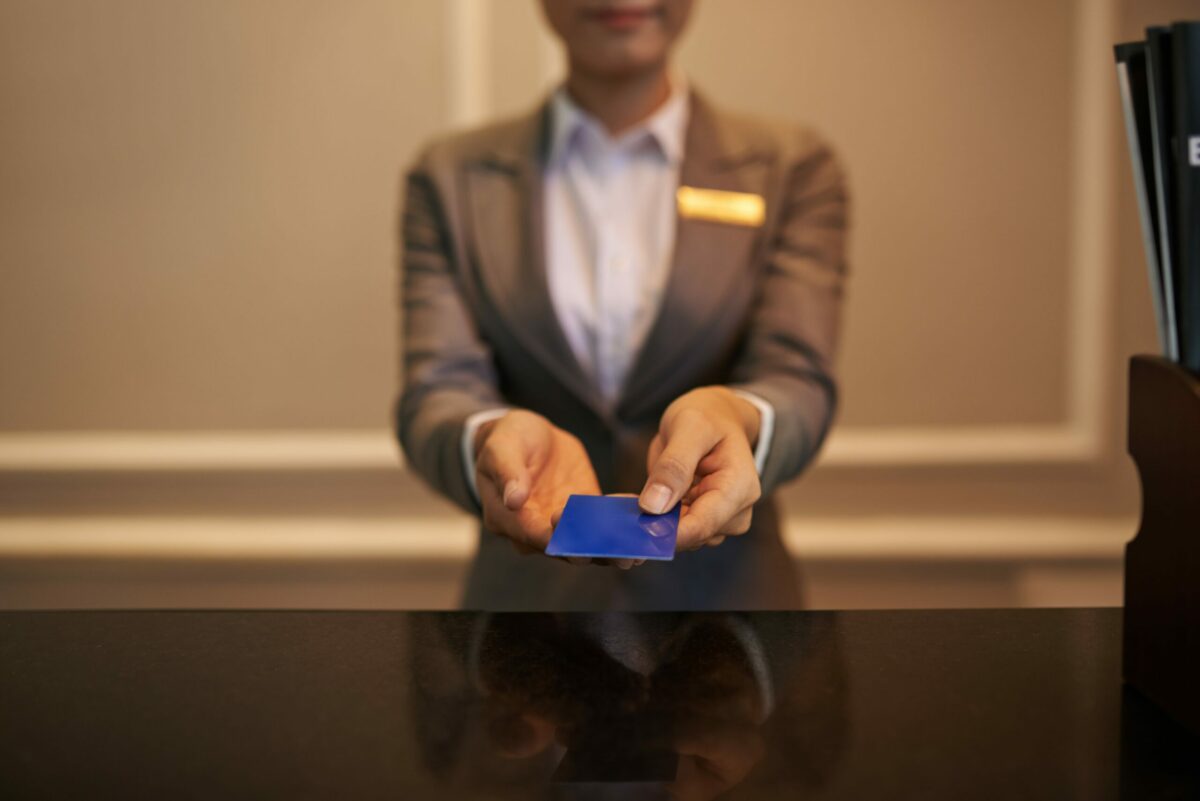Digital analytics has revolutionized many sectors, including the hotel industry. With the right metrics, it is increasingly easier to recognize the areas of opportunity, those in which you can improve, those that need to be completely changed, and those that need to be perfected. Thus, your business strategy adjusts to the maximum to the needs and demands of your guests.
If you’re already into hotel data analytics, you’ll be familiar with RevPAR. And if not, you should know that it is one of the most used metrics in the sector, since it measures the percentage of occupancy in a hotel. Do you know what RevPar refers to? How is it calculated? In this post we will tell you everything about this key indicator for hotel management and all the opportunities that having this data will give you.
What is RevPAR in the hotel industry?
RevPAR stands for Revenue Per Available Room, and is one of the hotel profitability indicators that measures the balance between supply, that is, the number of rooms available, and the demand for these rooms during a given period of time. If a hotel’s RevPAR results increase, it means that revenue per room and occupancy rate also increase.
Today, hotels have access to a vast amount of data and information, thanks to the different reservation channels available, which allow them to collect a lot of interesting data about future guests, and the digital facilities and devices present in any tourist establishment that allow them to have data about the current guests. This way, with the right data and the right analysis, you can have a clear idea of what works in your hotel and what can be improved.
RevPAR, the metric we’re looking at in this article, calculates revenue per available room. This means having all the information on the most profitable times for your hotel establishment and the most demanded rooms. This calculation is fed back with that of the average occupancy index, with which the performance of the reserves is measured.
How to calculate RevPAR?
We already know what RevPAR is, but now comes the important part, how is it calculated? Calculating the RevPAR of your hotel is very simple! There are two ways to do it using a mathematical formula.
The simplest way to calculate RevPAR is to multiply your occupancy rate by your average daily rate (ADR).
For example, if you have an occupancy rate of 90% and an ADR of 80 €, your RevPAR would be 72 €.
Another way to calculate RevPAR is to divide your total room revenue by the number of rooms available.
For example, 20 sold rooms at an ADR of 80 € gives you a total revenue of 1.600 €, divided by the 40 total available rooms, that gives you a RevPAR of 40 €.
Why is RevPAR so important?
As we have seen, this indicator allows us to know the financial situation of your hotel since it tells how much is billed for all occupied rooms. Therefore, knowing how RevPAR is calculated will allow you to understand guest behavior and anticipate their needs. It is essential to have this indicator to confirm that your commercial strategy is working as expected and to know the activity of your hotel in seasonal periods. In this way, it is more evident to know in which areas changes and improvements can be implemented.
This tool allows you to establish a price and rate policy according to the season and other variants that allows you to improve the hotel’s billing. In addition, with this data, the team will be able to make an estimate of what the next few months will be like in terms of billing. In short, RevPAR makes it possible to determine the profitability of the hotel and the necessary changes to improve it.
How to improve RevPAR in hotels?
Overall, there are two ways to increase the RevPAR of your hotel: increase room rates (and with it the ADR), or get more room reservations. Of course, this is not so simple and a balance must be found. If rates go up, bookings may go down. And if you want more reservations, you may need to lower the rates.
For example, if we are going to increase our rates, it is necessary to offer a little something in return. Either in the guest experience, in the facilities… that justify this price increase.
And if we want to increase the occupancy of our hotel, it is necessary to consider the demand according to seasonality. You can use promotions, discount campaigns, special prices for previous guests…
Increasing occupancy and billing is not always so obvious for a hotel, low season is complicated to manage. Fortunately, there are metrics and indicators that allow us to know the aspects that need to be improved to increase our profitability. If we detect that something is wrong, we will have to implement strategies to compensate it. The key is to find the balance.






